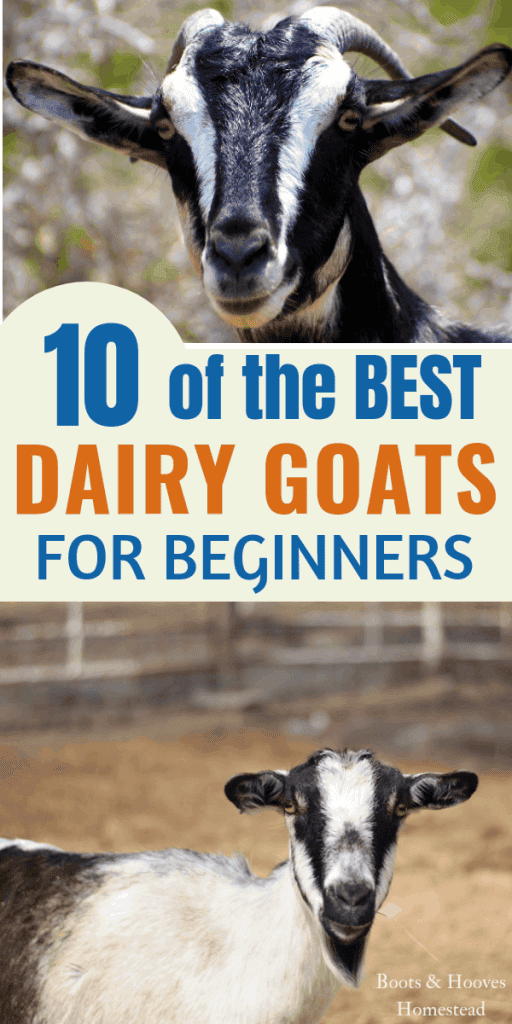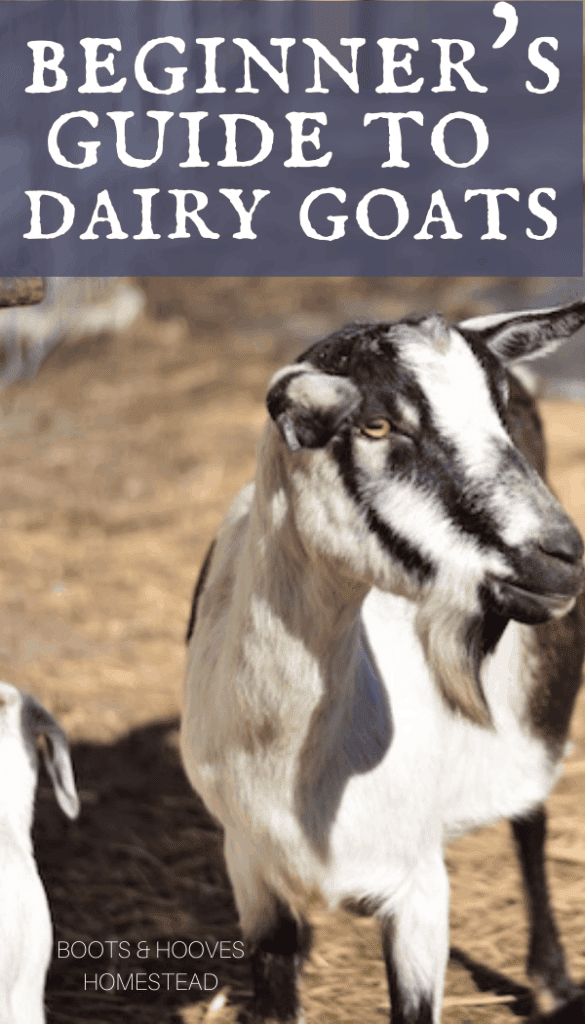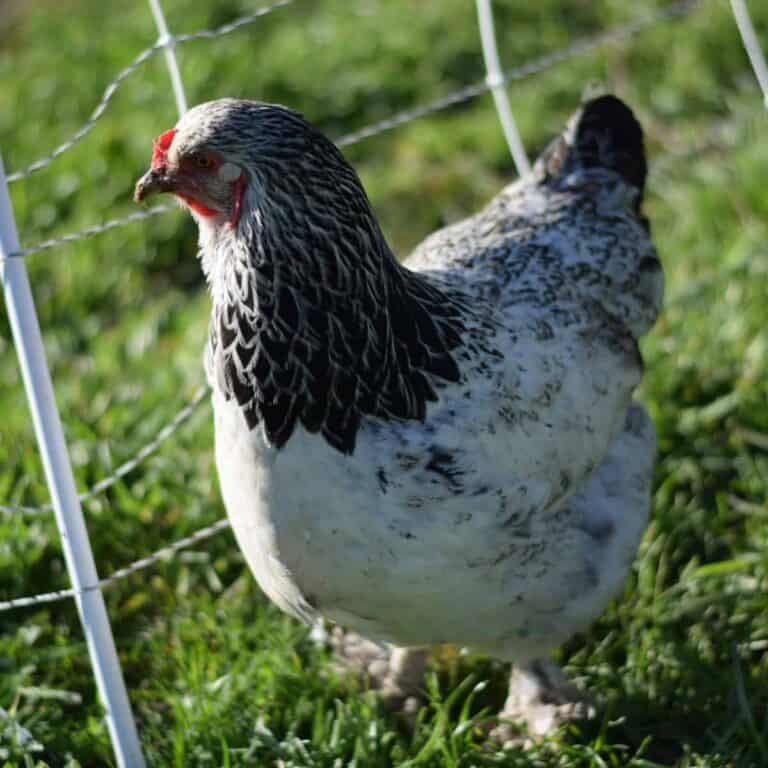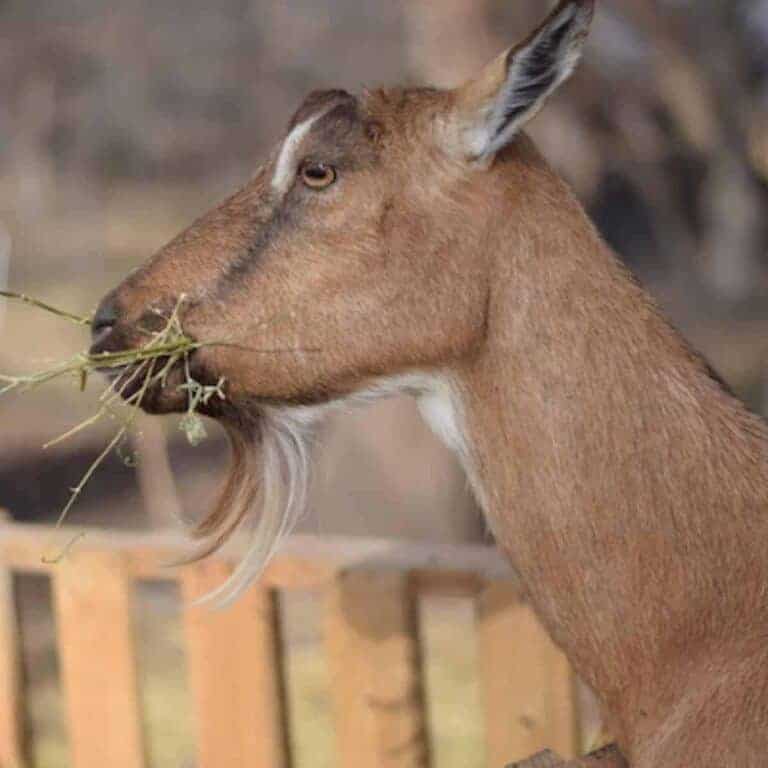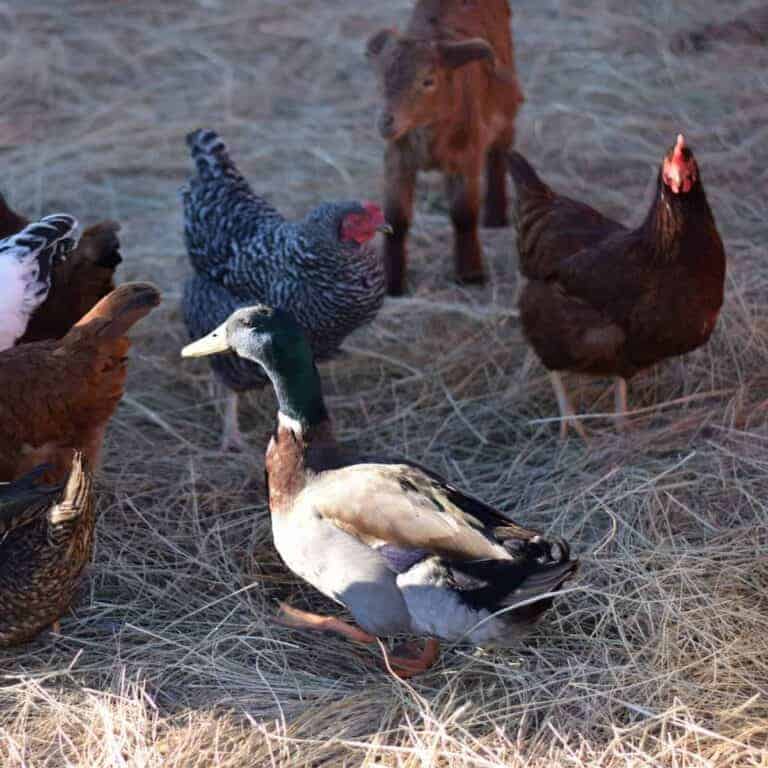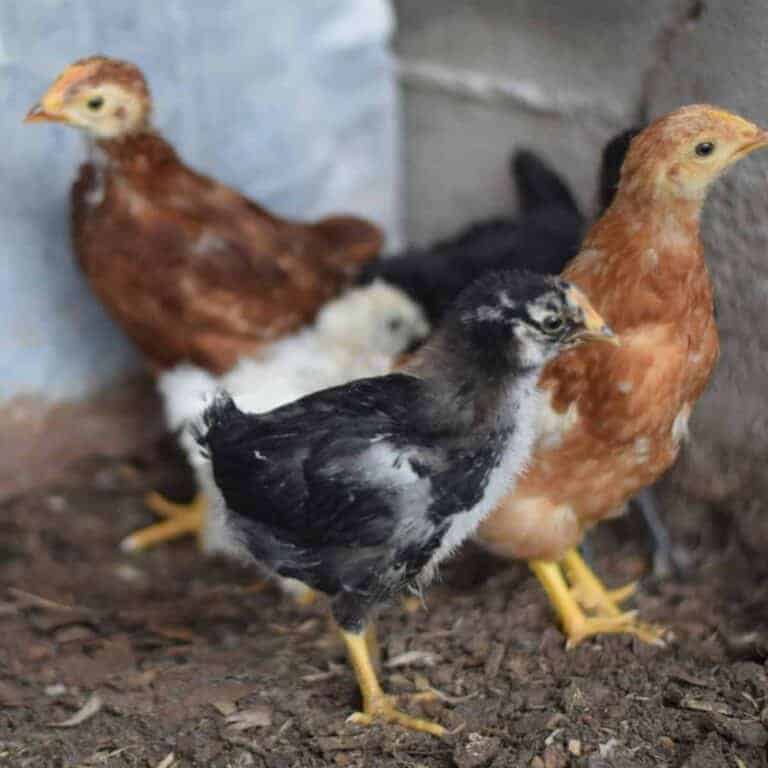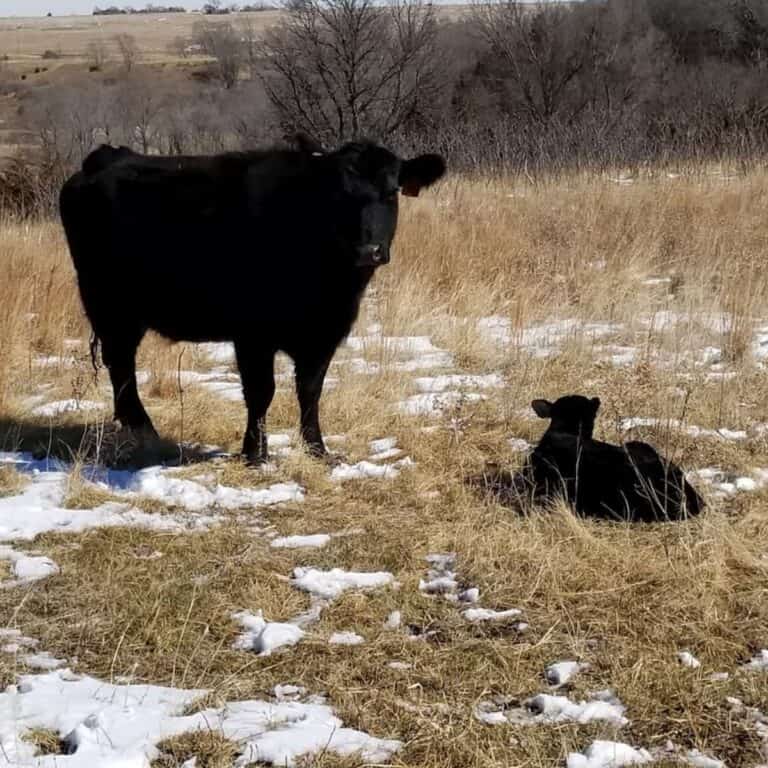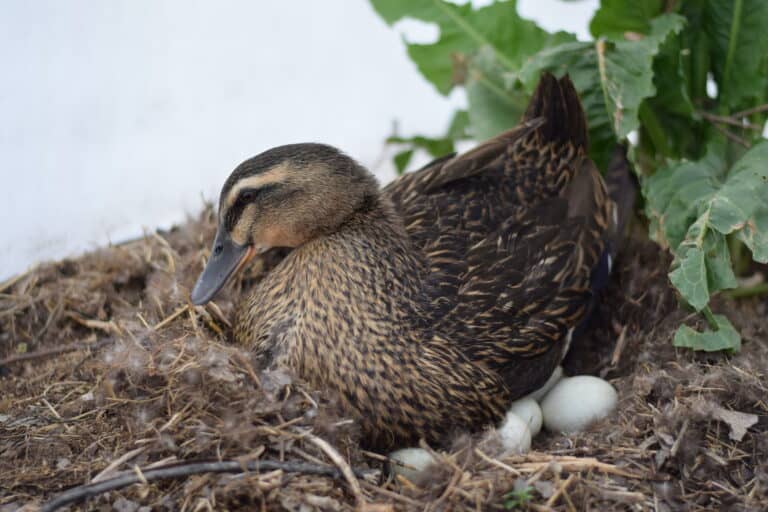Best Dairy Goats for Beginners
Goats are a key ingredient in many of our favorite dairy products, but there are many different types of goats.
Goats are a great animal of choice for most homesteaders or small farm owners. If you have a small amount of land to work with, they take up a lot less space than a dairy cow.
And some who have lactose intolerance have found goat’s milk to be enjoyable.
But how do you decide on what the best dairy goats are?
I’ve included 10 of the most common dairy goat breeds for beginners. Learn more about common goat breeds here and which are the best options for goat milk.
Related: 5 Best Goat Breeds to Keep as Pets
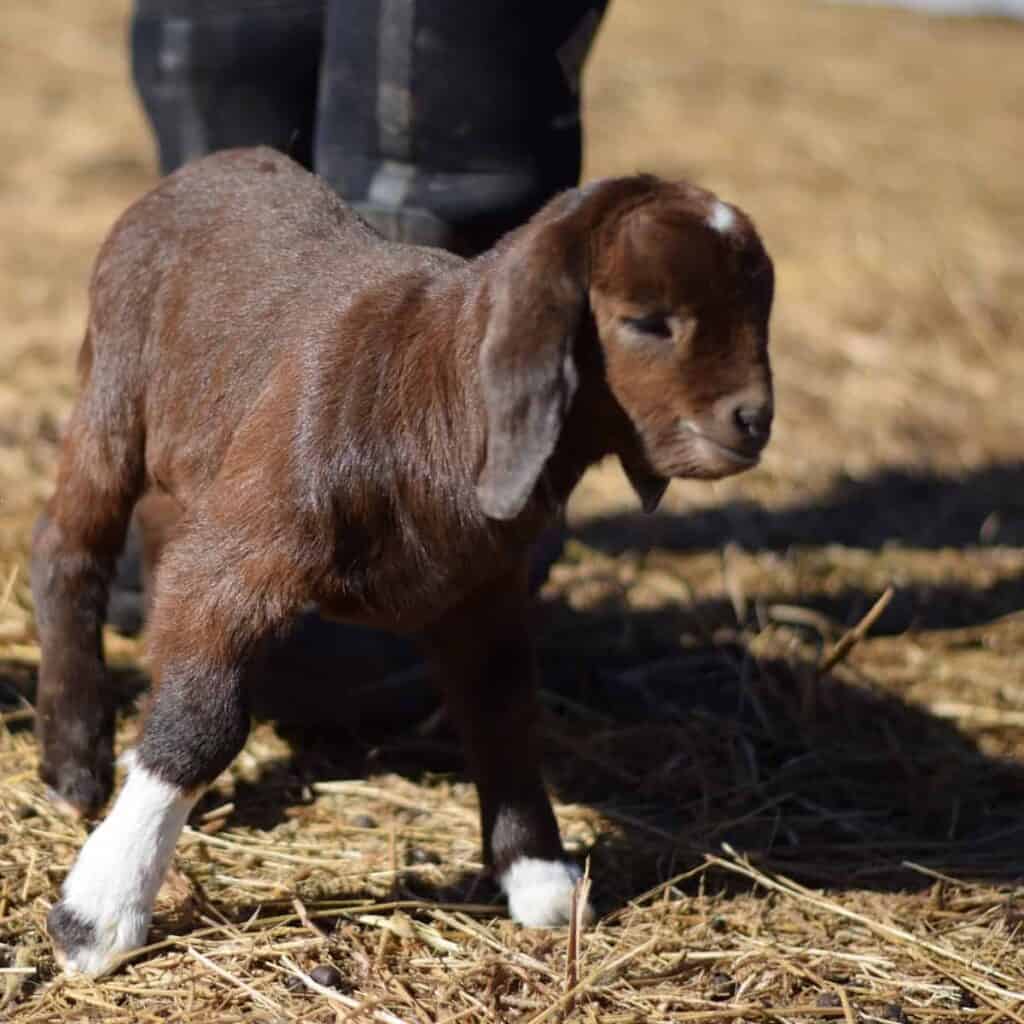
This post has been updated from its original publish date of December 30, 2018.
10 Best Dairy Goats Breeds
If you’re new to raising goats, let me start off with saying, goats are awesome. They can easily become a great addition to any homestead. And we usually become attached to all of ours.
This has a lot to do with how they are raised. If you want your goats to be tame and loving, start with them when they are young kids.
Bottle feed them, handle them often, and give them lots of snuggles. It will make a world of difference in their behavior.
And the tame goats are much easier to milk.
Another tip for anyone who is new to raising a goat herd: The best places to find dairy goat breeds is through a reputable breeder.
We have purchased some of our dairy goats at an auction and in our area. And they are checked over by a Vet, but there is still a risk of them carrying a disease.
If you find yourself in this situation, I would recommend keeping them in a separate area away from any other goats or additional animals in pasture for some time. This will be helpful until you know if they are disease free.
Related: How to Raise Goats for Beginners
Alpine Goats

The Alpine Goat breed is one of my top choices for a dairy goat. They are known for their high milking abilities. And they’re often used for commercial milking.
The milk from an Alpine goat has great butterfat content and can be used for anything a cow’s milk can be used. Often used for cheese, butter, ice cream, and soap, to name a few things.
Milk from this dairy goat is lower in fat, higher in sugar and protein than some other dairy goats and cattle.
More Alpine Goat Facts:
- Alpine goats are highly curious, very friendly. But also strong willed and independent.
- These goats are a medium to large breed. Does usually weigh about 135 pounds on average.
- Alpine goats originated from the French Alps.
- Averaging a little over a gallon of milk per day.
Related: Why You Should Consider Alpine Goats
Sanaan Goats

The Sanaan is another highly productive dairy goat breed. With their high milk production, they have a lower butterfat, averaging around 3.5%.
Sanaans are fairly tolerable to most climates. However, because of their light hair and skin, they do not tolerate long exposure to sun. Providing them shade is a must.
More Sanaan Goat Facts:
- These dairy goats are incredibly friendly. Which makes them easy for children to milk.
- This breed is fairly large, does weigh in at about 135 pounds on average.
- Sanaan goats originated from Switzerland.
- Averages about 1 gallon of milk production per day.
LaMancha Goats
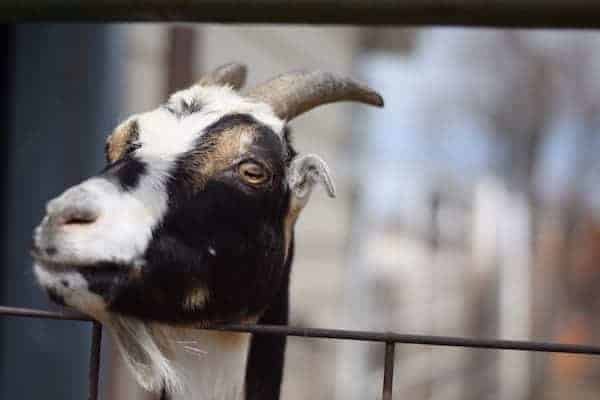
This is another favorite goat breed around our ranch!
LaMancha goats are another highly productive milking breed. But their milk has a higher butterfat.
They are very distinctive from other goat breeds because of their ears being really short or almost non existent. They can either be elf like or gopher like.
The LaMancha are the only American bred goats and have Spanish blood lines.
This breed is pretty hardy and tolerates most climates really well.
More LaMancha Goat Facts:
- These goats are generally calm and well behaved. Because of this, they make great pets or goats used for dairy.
- LaMancha goats are a medium size goat, does weigh about 130 pounds on average.
- Originated from California and moved to Oregon, they have some Spanish bloodlines.
- On average, Lamanchas produce slightly under a gallon of milk a day.
Nubian Goats
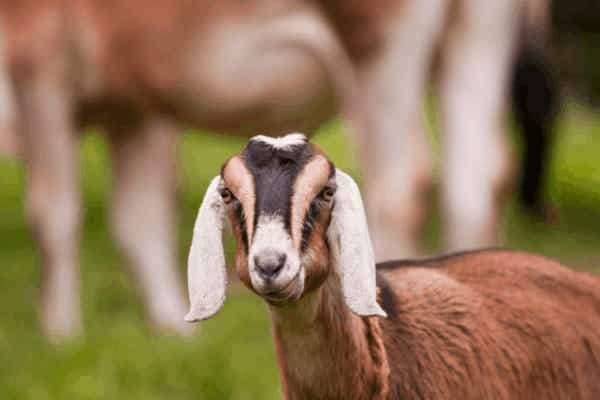
Nubians are a dairy goat that is quite distinctive for their ears. Often resembling floppy bunny ears.
Nubian goats are great milkers that produce a high butterfat, averaging about 5% butterfat. And this makes the milk more flavorful than some other breeds.
More Nubian Goat Facts:
- This breed is quite vocal, social, and outgoing.
- Nubians are a large goat breed, does weigh in at 135 pounds on average.
- They originated from the United Kingdom.
- Averages in 1/2 to 3/4 of a gallon of milk per day.
Want to save this?
Toggenburg Goats

One of the oldest known dairy goats, Toggenburgs have a high milk production with lower butterfat, averaging about 3.7%.
They are fairly hardy and do well in most climates, but cooler weather is preferable for them.
More Toggenburg Goat Facts:
- This dairy goat breed is medium in size, does average about 120 pounds.
- They are generally calm and friendly, curious and inquisitive.
- Toggenburgs originated from Switzerland.
- Produces about 1/2 gallon of milk per day.
Oberhasli Goats

The Oberhasli goats are quite distinctive with black facial patterns. The forehead is nearly all black, and black stripes run from each ear and run down the back of the neck to the tail. They also have a black underbelly.
They are a steady milk producer with butterfat ranging from 3.5-4%.
More Oberhasli Goat Facts:
- Oberhaslis are a medium size goat breed, the does average about 120 pounds.
- They are a quiet and docile breed of goat.
- These dairy goats originated from Switzerland.
- The Oberhasli goat produces about 1/2-1 gallon of milk per day.
Sable Goats

Sable dairy goats are descendants from the Sanaan breed. In fact, they look very similar except Sanaans are white in color and Sables can have a variety of coloring.
They are heavy milk producers with an average of 3-4% butterfat.
These dairy goats are very hardy and tolerate many climates.
More Sable Goat Facts:
- These goats are a large breed of goats, the does weigh about 140-145 pounds on average.
- Sable goats are are incredibly friendly and docile.
- They originated from Switzerland.
- Sable goats produces about a gallon of milk per day on average.
Nigerian Dwarf Goats

Nigerian Dwarf goats are a popular dairy breed of choice for homesteads and small farms. This is because of their smaller size and high milk production.
Because of their playful personality, they need plenty of space. And they need some toys or things to climb on and jump off of to keep them happy.
Some people prefer the milk tastes better than other dairy goats because of their high butterfat of about 6-10% on average.
More Nigerian Dwarf Goat Facts:
- They are gentle and playful making them entertaining and a great breed for small children or as a family pet.
- The Nigerian Dwarf Goat originated from West Africa.
- These goats are small and average about 60-75 pounds.
- They average about 1/2 a gallon of milk per day.
Russian White Goats

Russian White goats are a great milk producer and look similar to the Sanaan breed.
These goats produce an average of 3-4% butterfat.
They are a hardy breed and can tolerate just about all climates.
Russian White goats are known for delivering multiples at each kidding. And they are a breed that can give birth a couple of times a year.
More Russian White Dairy Goat Facts:
- This breed of goats are fairly large, with the does weighing about 130 pounds on average.
- Russian White goats are quiet and docile.
- They produce about 1 gallon of milk per day.
- These dairy goats originated from Russia.
Majorera Goats

This may be one of the lesser known dairy breeds around here. These goats are fairly hardy, however, they do really well in tropical climates.
Majorera goats are known for producing high amount of milk and the cheese named after this breed.
Their butterfat averages around 4%.
More Majorero Goat Facts:
- These goats are fairly large, the does weigh about 135 pounds on average.
- They produce about 1 gallon of milk per day.
- Majorero goats originated from the Canary Islands.
- This breed is known for being strong.
A Few More Tips for Raising Dairy Goats
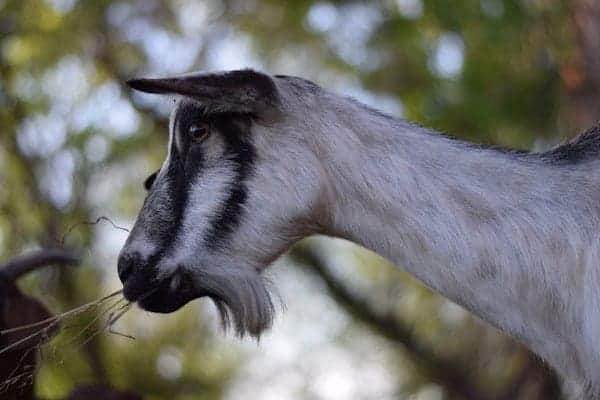
Most does reach maturity between 4-12 months depending on the breed, feeding, nutrition, and overall health of the goat.
After a goat gives birth, she will begin producing milk, or freshen. If milked continuously, she will be able to produce milk on average for about 10 months. And she should be allowed about a couple of months break before she is bred again.
Goats should be milked twice a day, about 12 hours apart.
It would be advised to keep a good routine for your dairy goats. Changes in routine or environment could cause a decrease in milk production.

